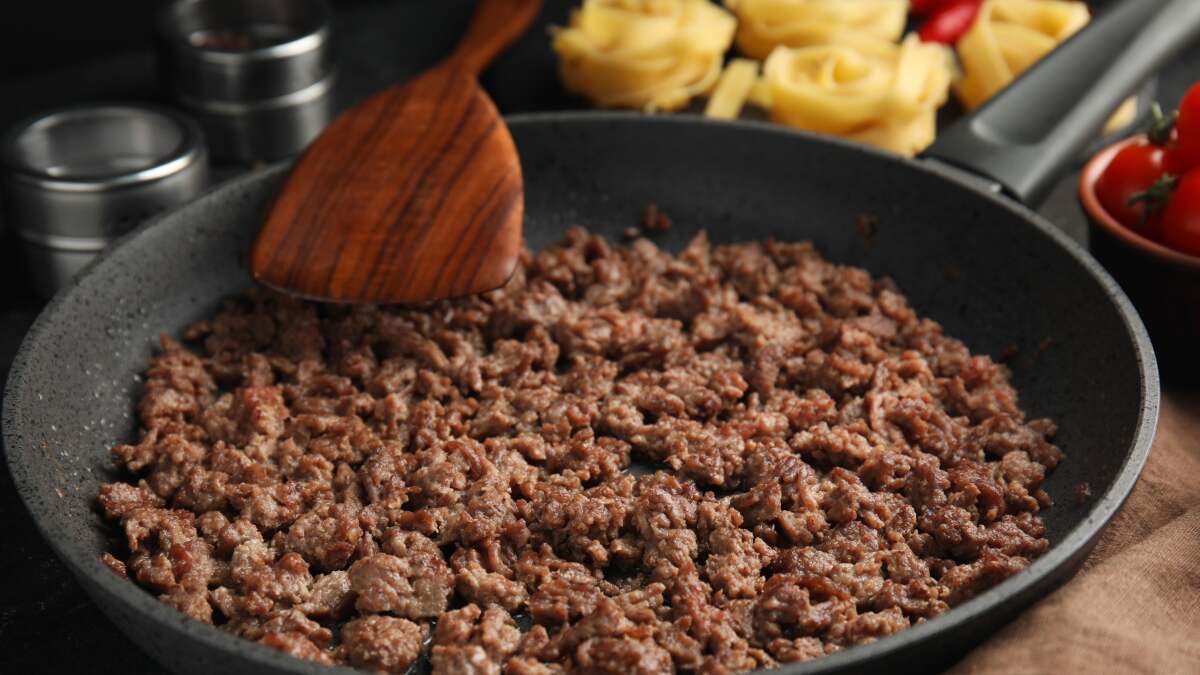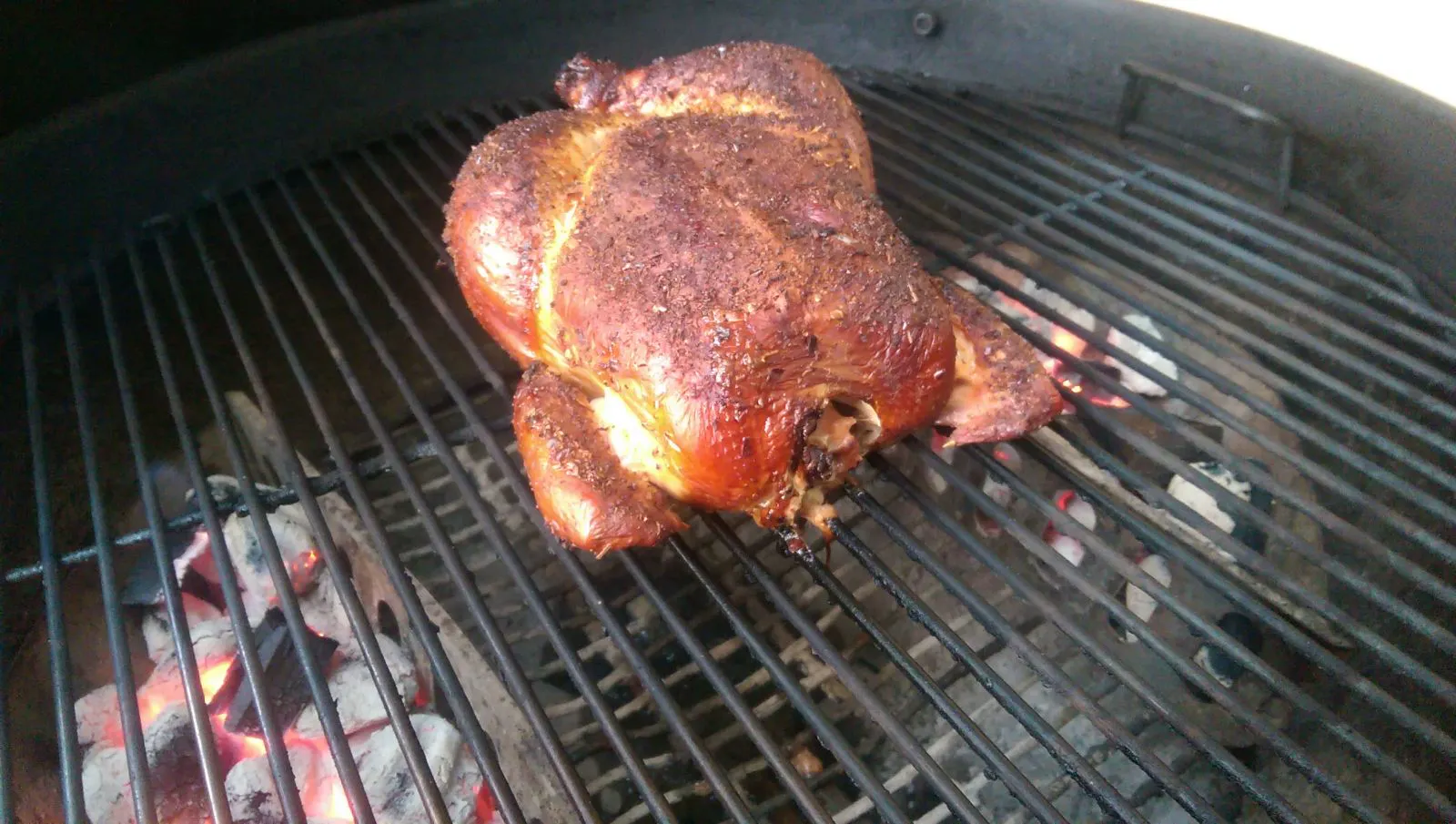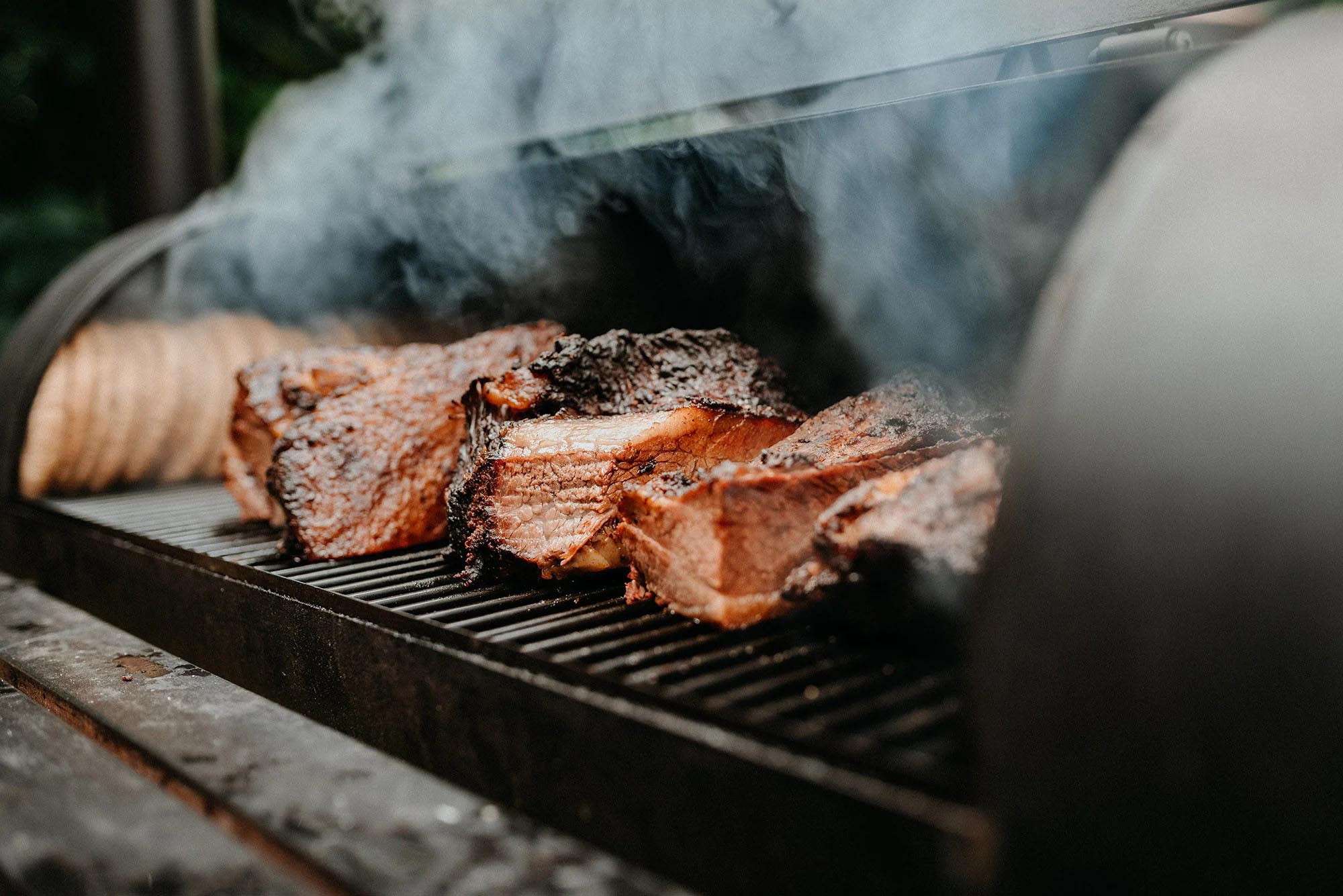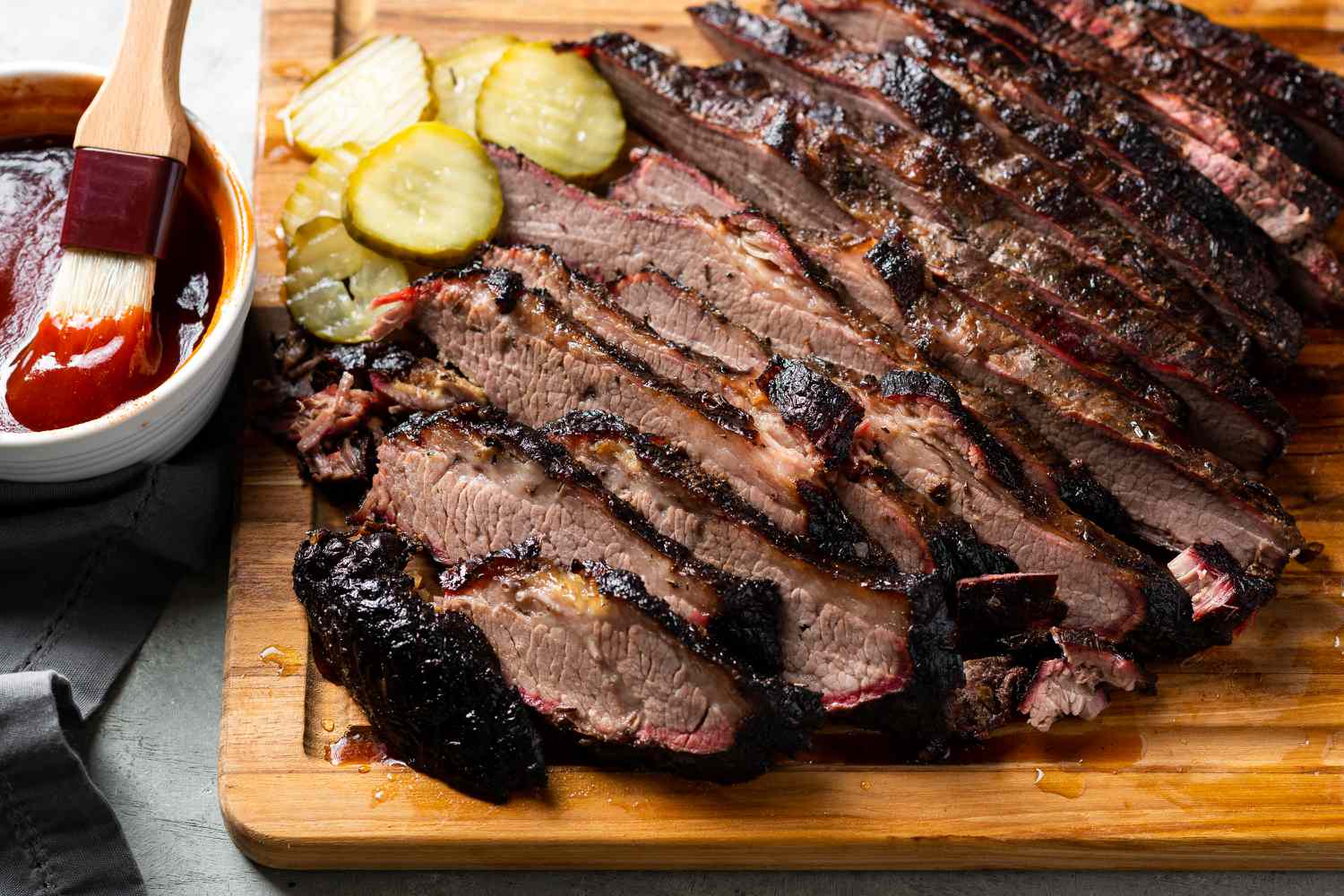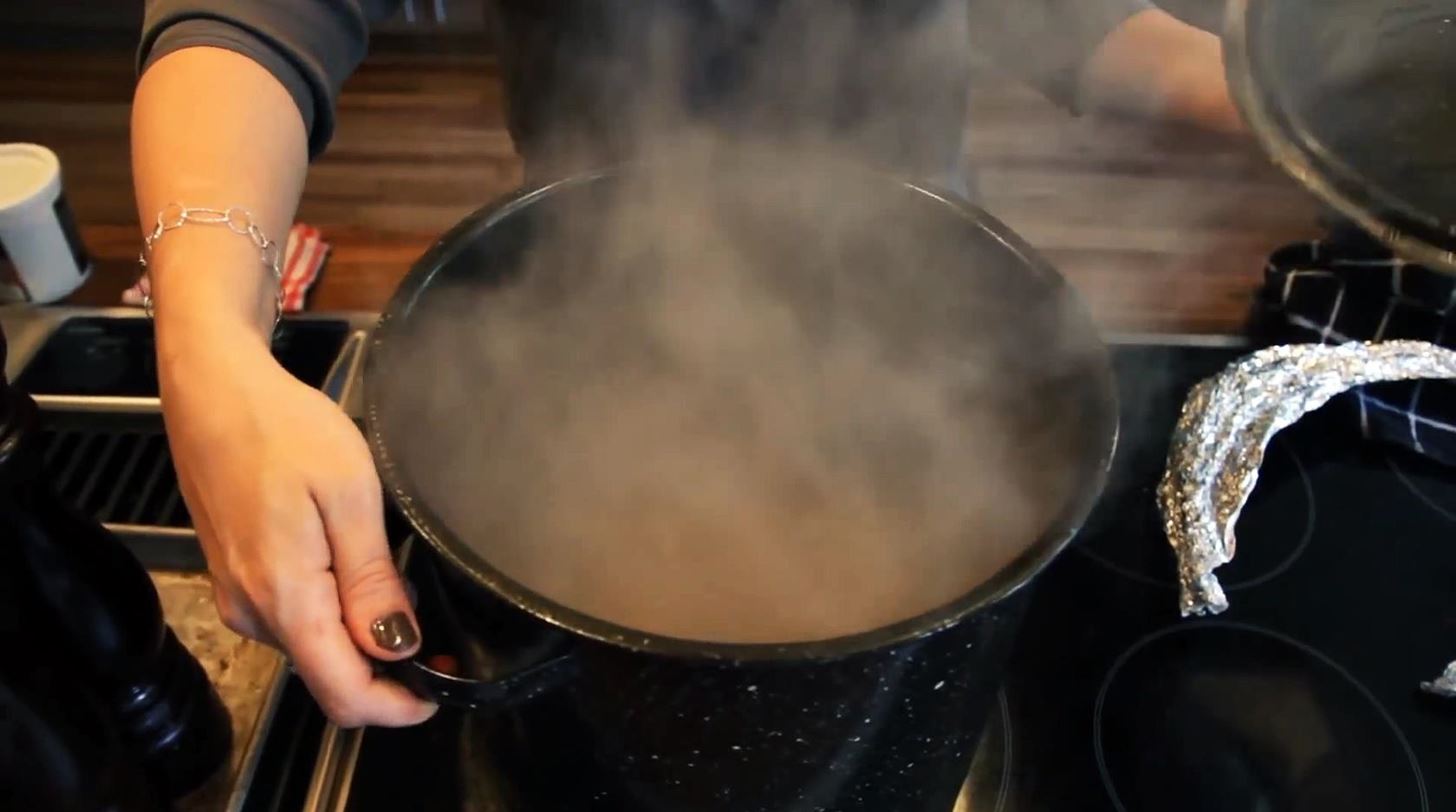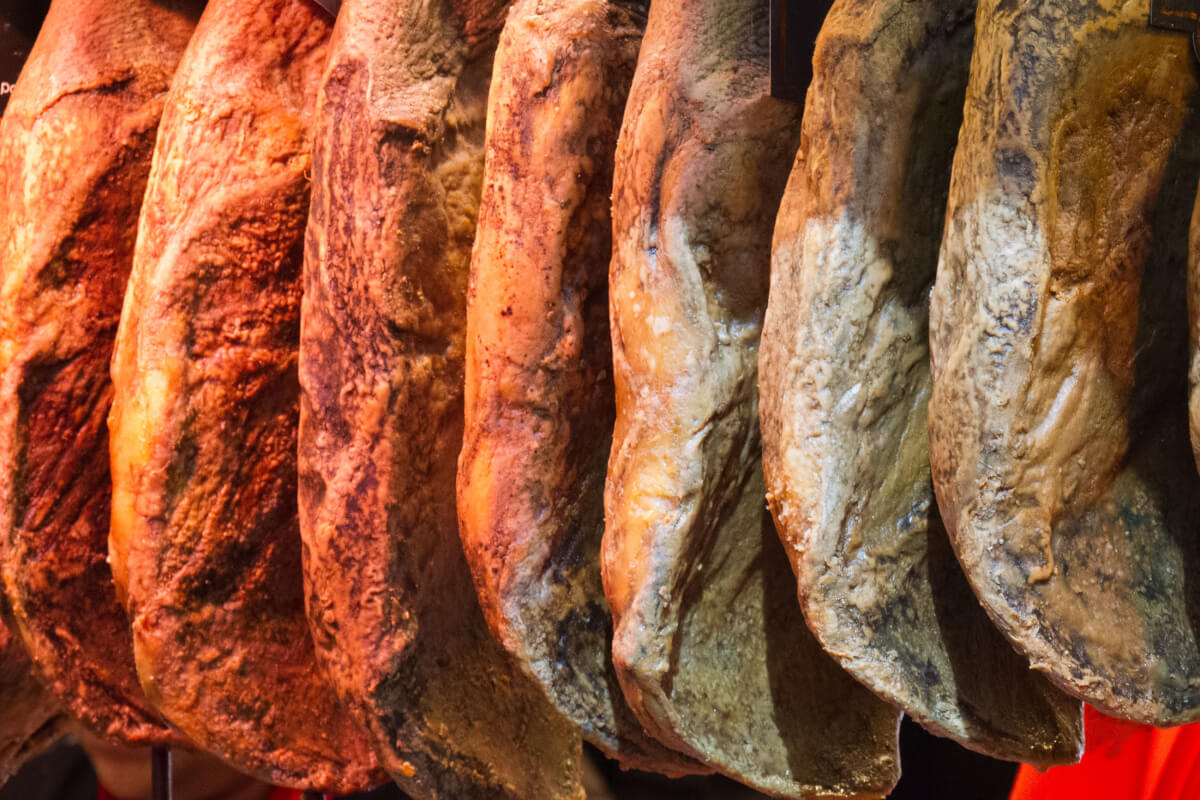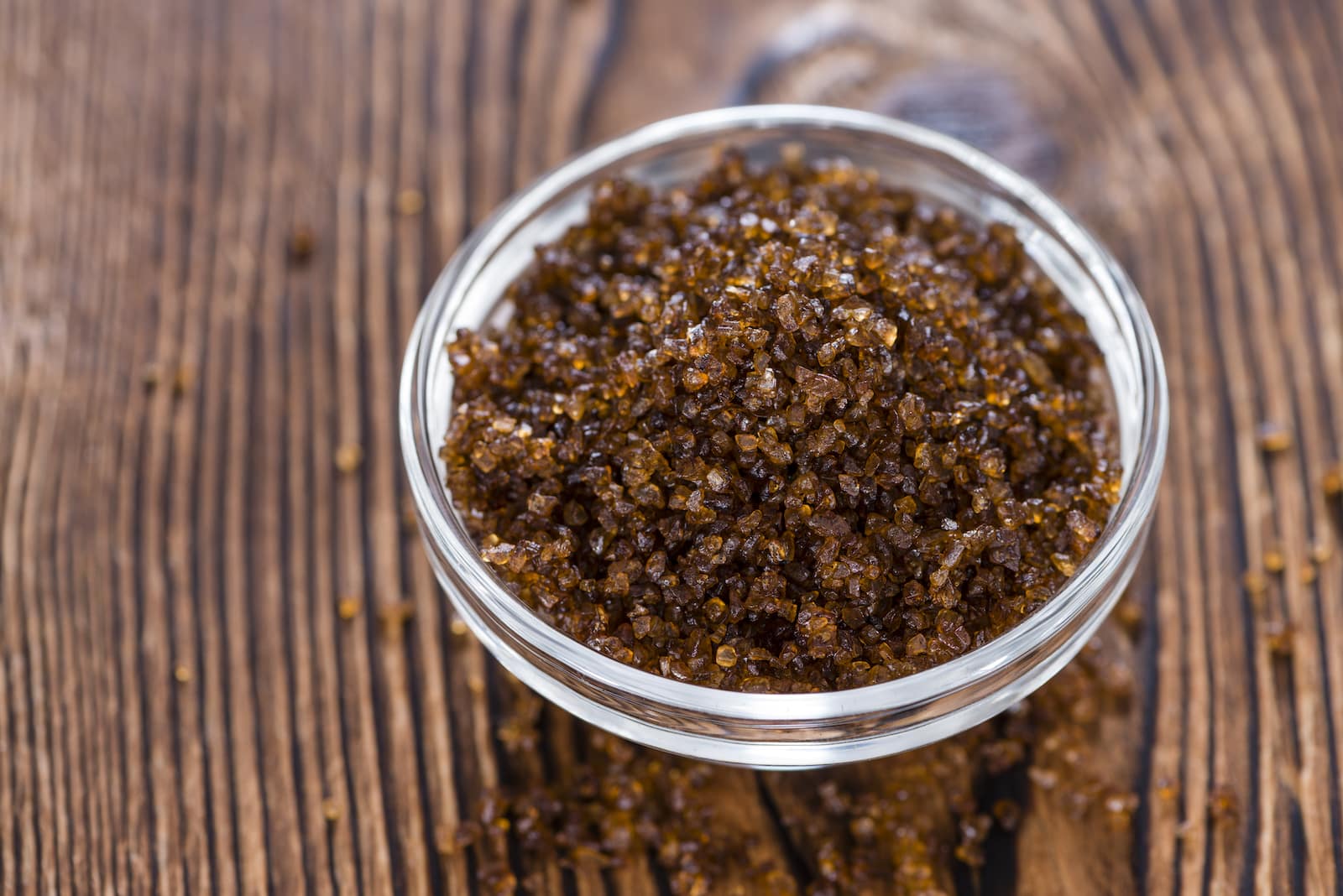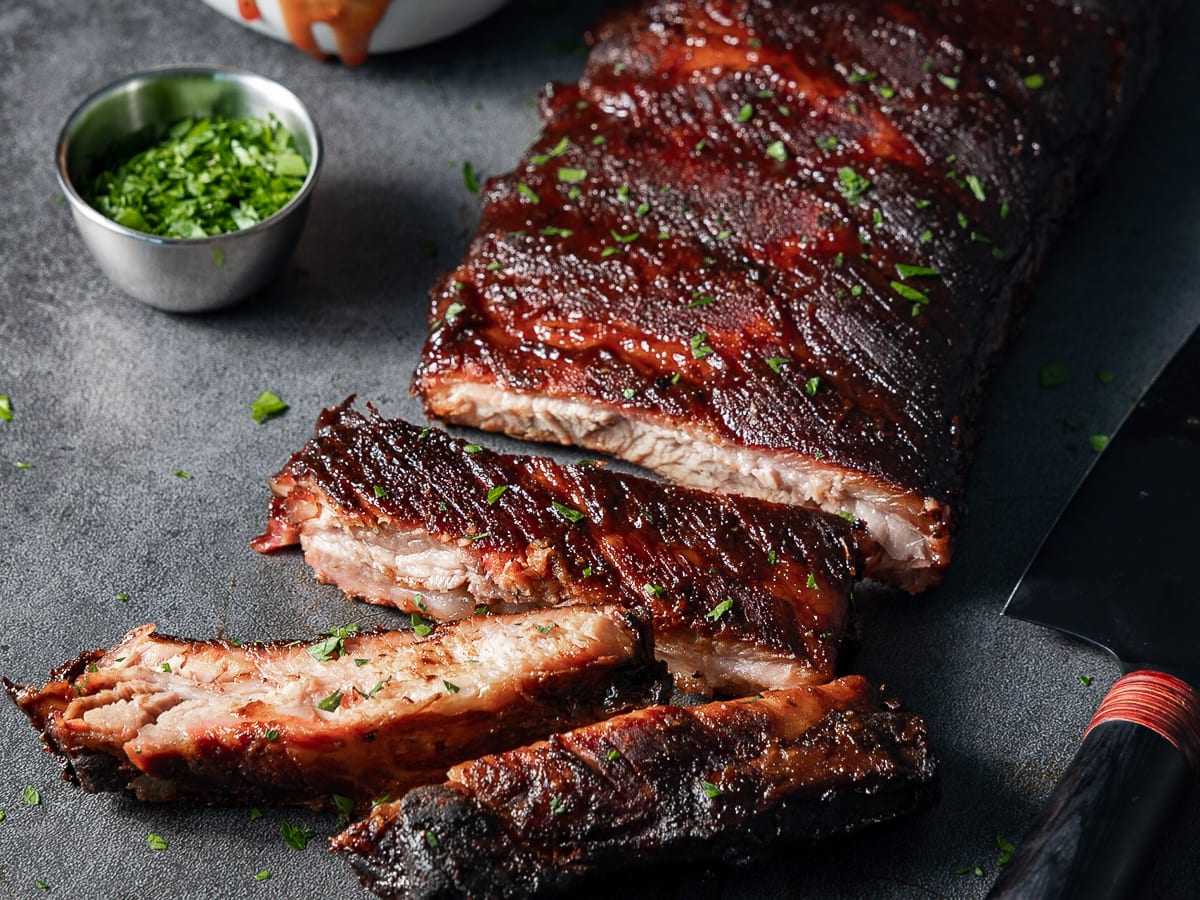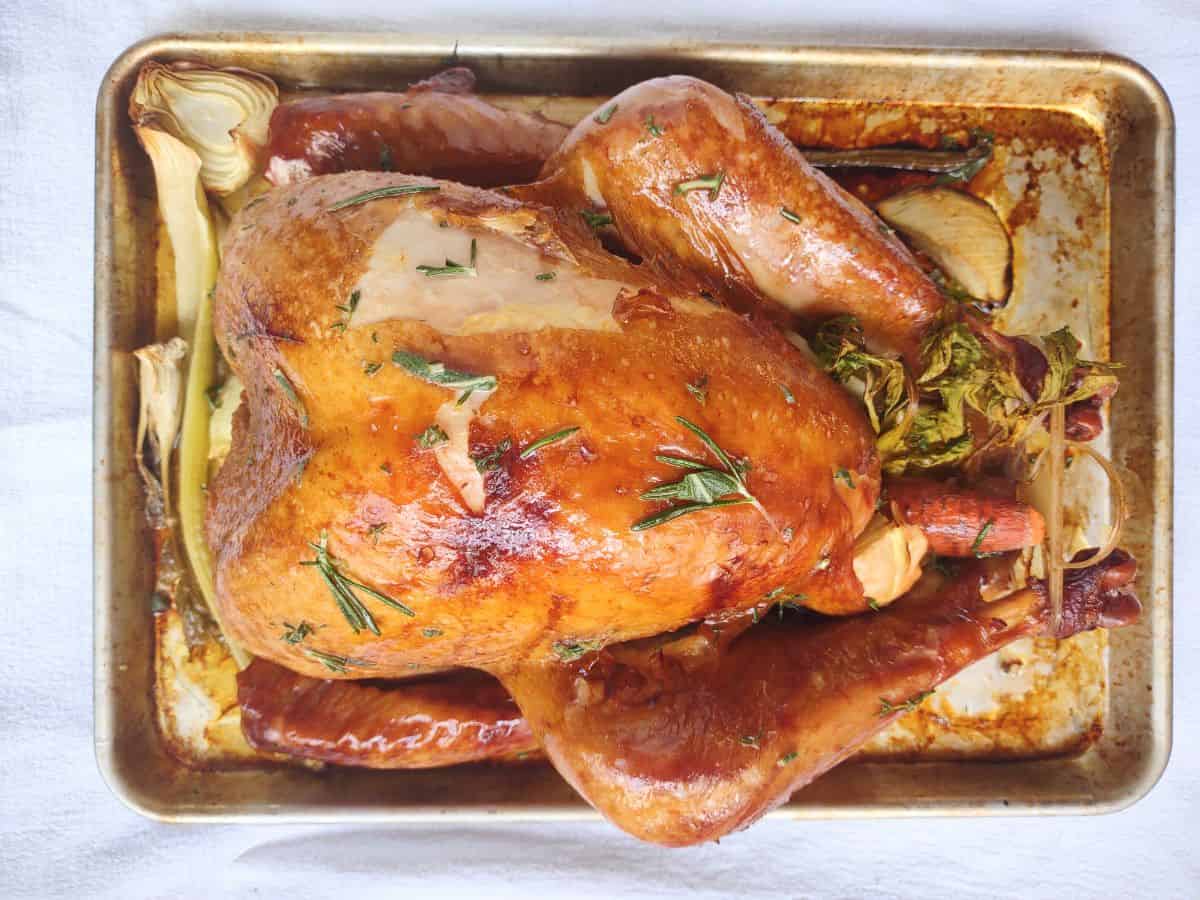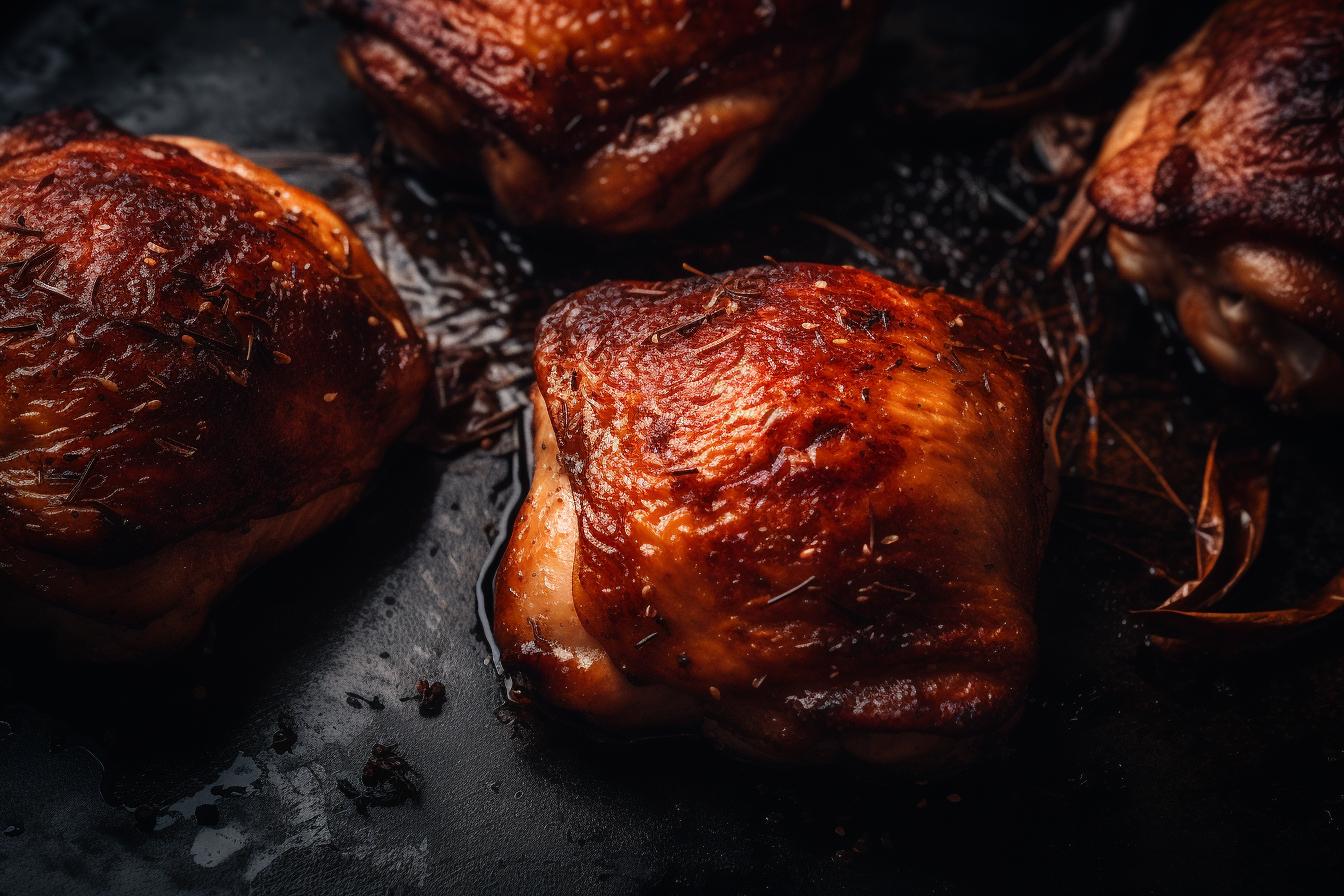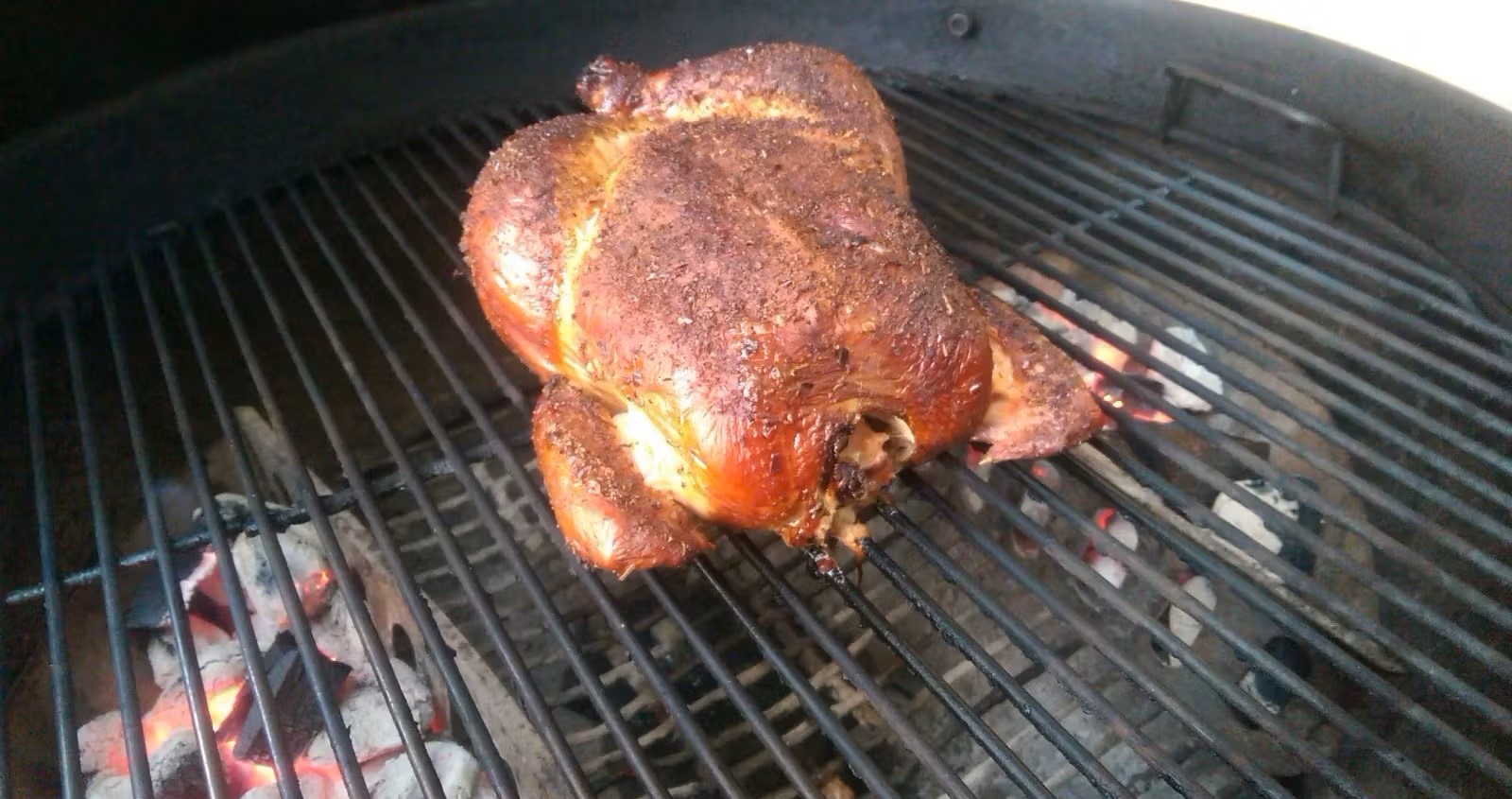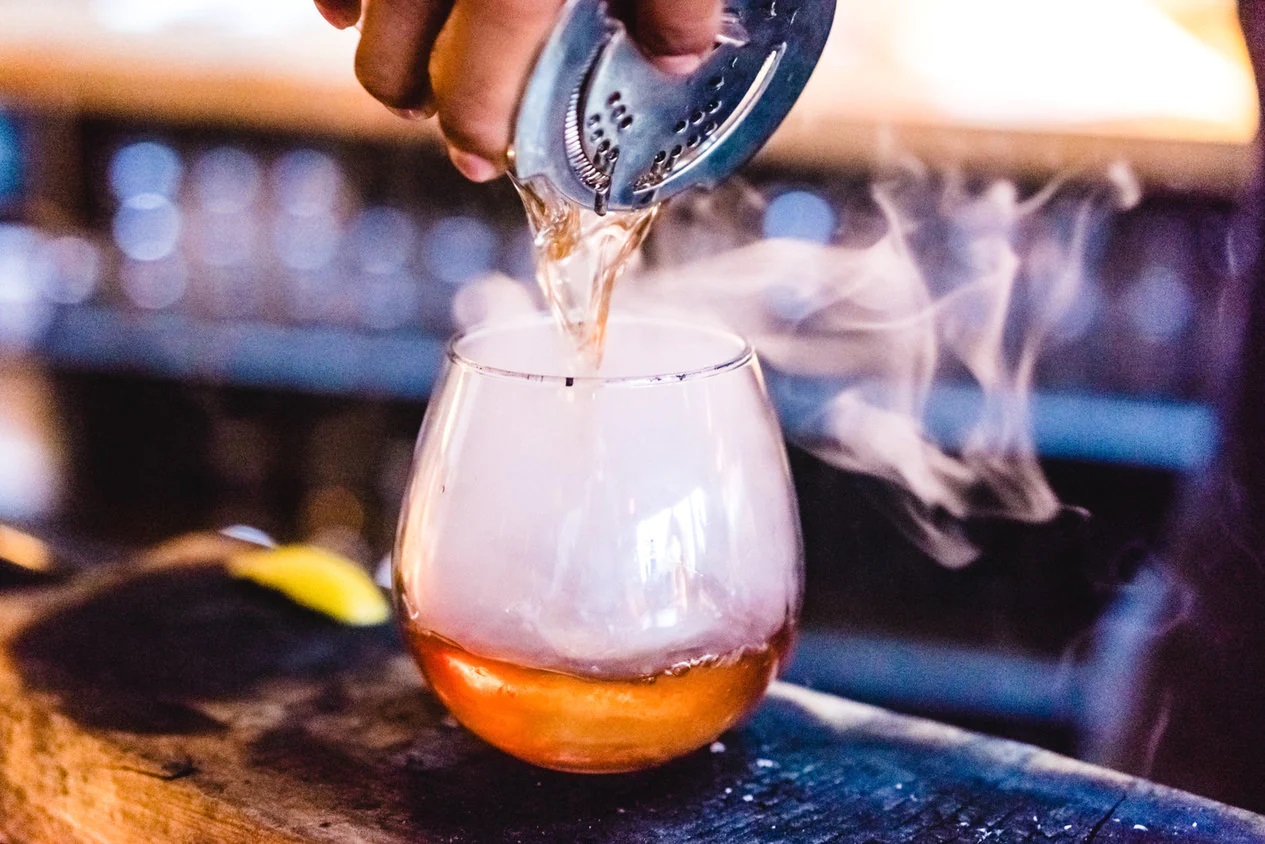Smoking Asian Carp: A Delicious and Sustainable Option
Asian carp, an invasive species in many waterways, can be a nuisance to local ecosystems. However, they can also be a tasty and sustainable food option when prepared properly. One popular method of preparing Asian carp is smoking, which imparts a rich, smoky flavor to the firm, white flesh of the fish. If you’re interested in trying your hand at smoking Asian carp, here’s a simple guide to get you started.
Preparing the Carp
Before you can smoke Asian carp, you’ll need to prepare the fish. Start by cleaning and filleting the carp, removing the bones and any dark meat. Rinse the fillets thoroughly and pat them dry with paper towels. For added flavor, you can marinate the fillets in a mixture of soy sauce, ginger, and garlic for a few hours before smoking. This will infuse the fish with a delicious Asian-inspired flavor.
Setting Up the Smoker
While there are many types of smokers available, a traditional charcoal or wood smoker works best for smoking Asian carp. Start by soaking wood chips in water for at least 30 minutes to add moisture and create smoke. Once the wood chips are ready, light the charcoal in the smoker and allow it to reach a steady temperature of around 225°F (107°C).
Smoking the Carp
Once the smoker is ready, place the marinated carp fillets on the grill. Close the lid of the smoker to trap the smoke inside. Let the fish smoke for approximately 1-2 hours, or until the fillets are firm to the touch and have developed a golden-brown color on the outside.
Serving Suggestions
Once the Asian carp is smoked to perfection, there are many ways to enjoy it. You can serve the smoked carp as a standalone dish, accompanied by a side of fresh vegetables and a squeeze of lemon for a light and healthy meal. Alternatively, you can flake the smoked carp and use it as a flavorful addition to salads, pasta dishes, or dips. The options are endless!
Benefits of Smoking Asian Carp
Smoking Asian carp not only provides a delicious meal, but it also helps to control the population of this invasive species. By consuming Asian carp, you’re contributing to the effort to manage their numbers and protect native fish species in local waterways. Additionally, Asian carp are a sustainable food source, as they reproduce quickly and are abundant in many areas.
So, the next time you’re looking for a unique and sustainable protein option, consider smoking Asian carp. With the right preparation and a bit of patience, you can enjoy a flavorful and eco-friendly meal that supports local ecosystems.
Happy smoking!
Was this page helpful?
Read Next: How To Smoke Pastrami On A Gas Grill
